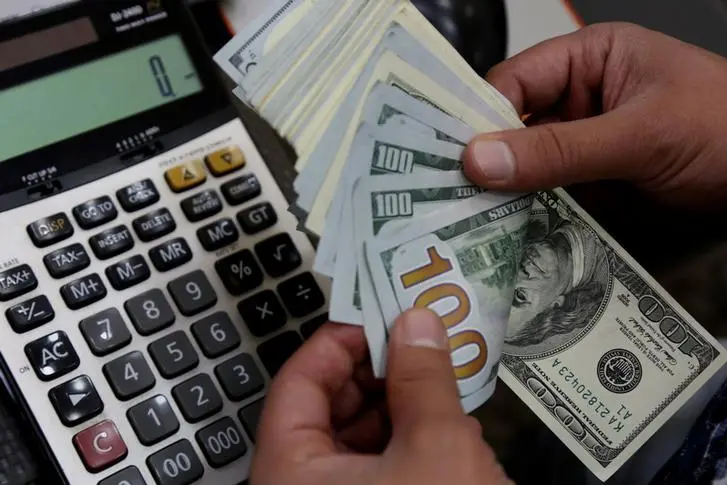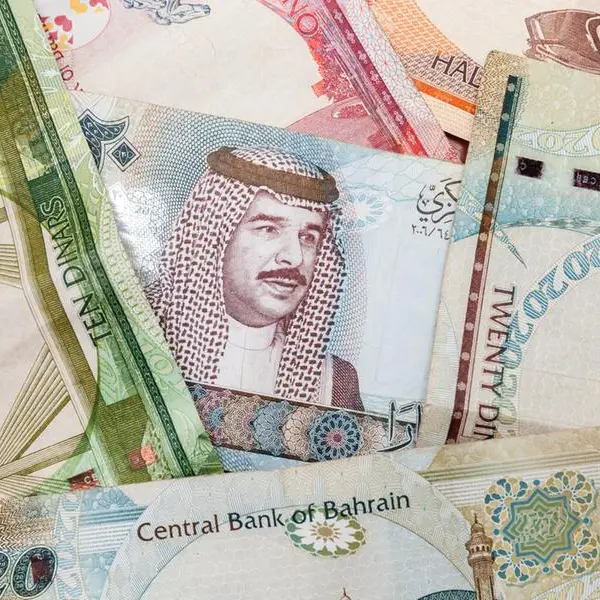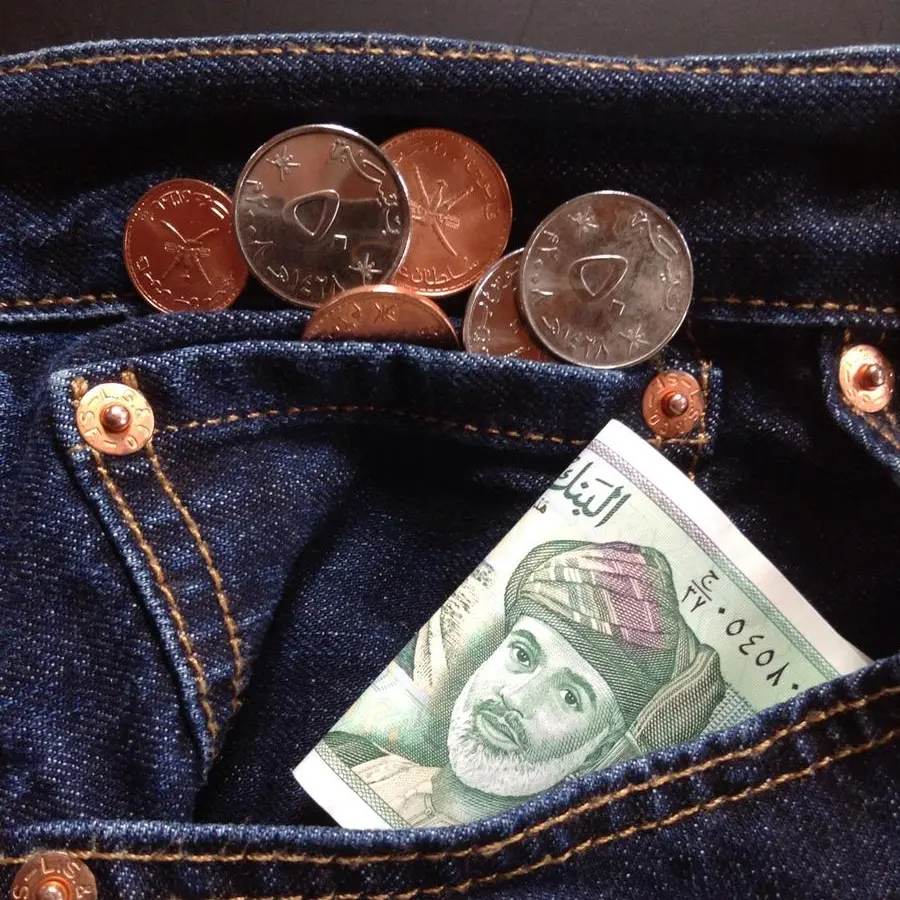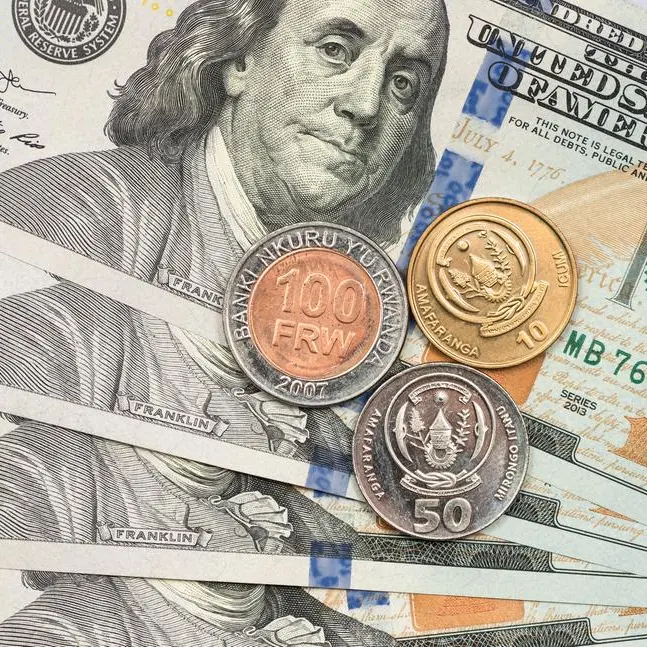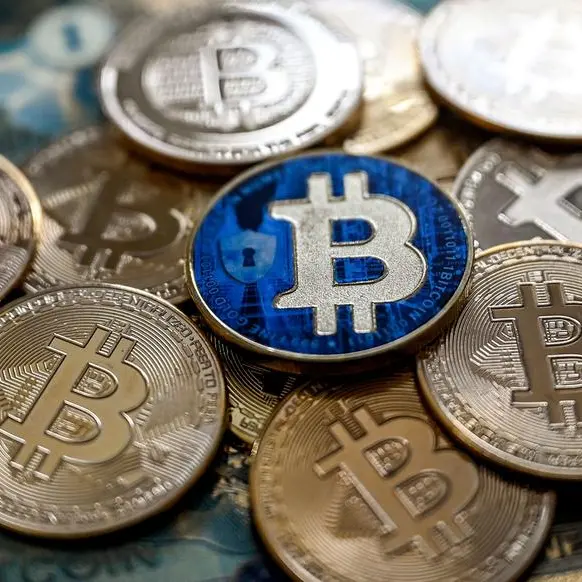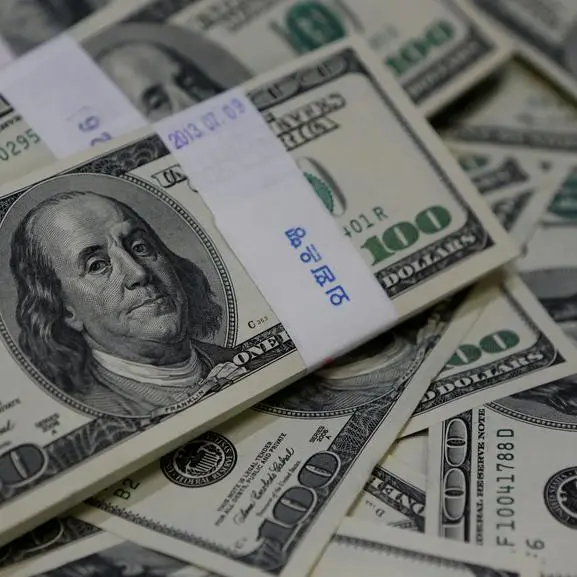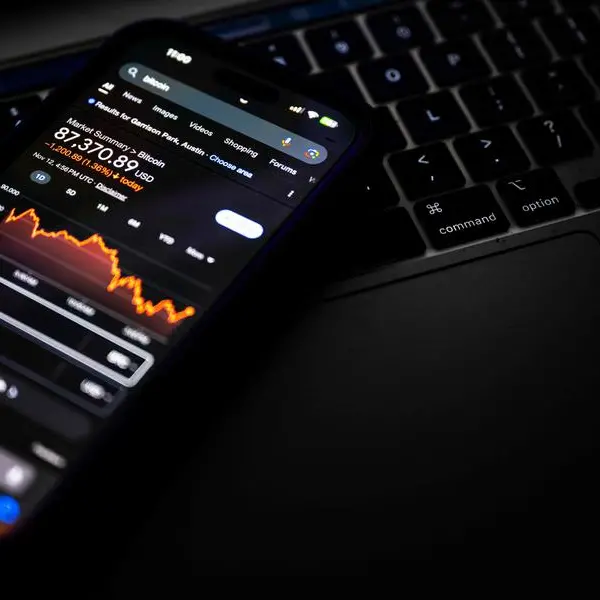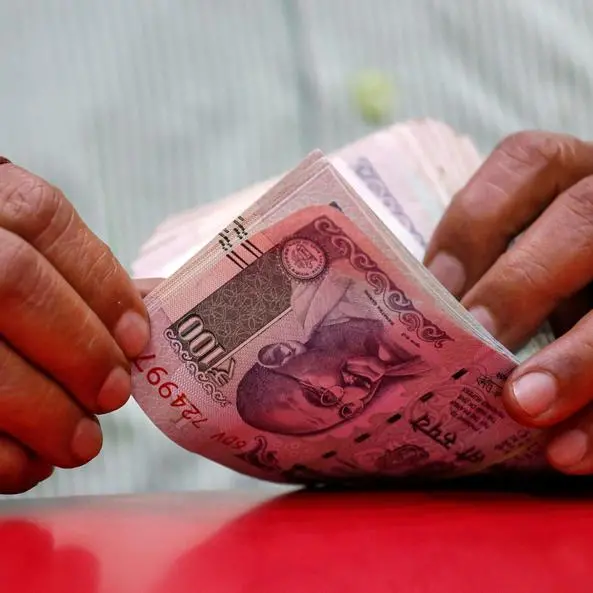PHOTO
TOKYO: The dollar nursed its wounds on Wednesday following big tumbles against the euro and sterling, but the yen remained mired near 34-year lows even as Japanese officials stepped up intervention warnings.
The dollar's broad overnight losses were driven by a combination of surprisingly robust European activity data and cooling U.S. business growth.
The Australian dollar made the most of a weakened greenback and rallied in early Asian trade on Tuesday, helped by hotter-than-expected consumer price data.
The Aussie climbed 0.45% to $0.65185, after pushing as high as $0.6525 for the first time since April 12 in the initial reaction to the data.
The currency had already rebounded more than 1% over the past two days following its dip to a five-month low on Friday.
The inflation report bolsters expectations that the Reserve Bank of Australia will not be hurried into easing policy.
"This overshoot likely removes any chance of RBA cuts this year," said James Kniveton, senior corporate FX dealer at Convera.
"The Australian dollar has benefited from a re-evaluation of the RBA's monetary policy path, but geopolitical risks remain."
The U.S. dollar index - which measures the currency against six major peers including the euro, sterling and yen - edged 0.07% lower to 105.60 in early Asian trading after slumping 0.4% overnight and touching the lowest level since April 12 at 105.23.
The euro rose 0.11% to $1.071125 following Tuesday's 0.45% rally, after data showed business activity in the euro zone expanded at its fastest pace in nearly a year, primarily due to a recovery in services.
Sterling also benefited from overnight data showing British businesses recorded their fastest growth in activity in nearly a year, while Bank of England Chief Economist Huw Pill said interest rate cuts remained some way off. Sterling was last up 0.11% at $1.2461 having jumped 0.79% in the previous session.
By contrast, U.S. business activity cooled in April to a four-month low due to weaker demand, while rates of inflation eased slightly, suggesting some possible relief for the Federal Reserve.
A major test of that will come Friday with the release of the Fed's preferred consumer inflation measure, the PCE deflator. Markets currently price in a 73% chance of a first rate cut by September, according to the CME's FedWatch tool.
"The story remains that the U.S. economy is pretty resilient, and as long as we've got the U.S. economy in this position - with even the possibility of more Fed rate hikes - the risks for the U.S. dollar are still skewed to the upside," said Kyle Rodda, senior financial markets analyst at Capital.com
The dollar index reached a 5-1/2-month peak at 106.51 last week as persistent inflation forced Fed officials to signal no rush to ease policy.
Despite the dollar's broader struggles on Tuesday, it still inched up enough at one point to mark a fresh 34-year high to the yen at 154.88.
This week, the pair has oscillated in an extremely narrow range between that high and a low of 154.50, with traders wary that a push above 155 could raise the risk of dollar-selling intervention by Japanese officials. The dollar was last little changed at 154.795 yen.
Japanese Finance Minister Shunichi Suzuki on Tuesday issued the strongest warning to date on the chance of intervention, saying last week's meeting with U.S. and South Korean counterparts had laid the groundwork for Tokyo to act against excessive yen moves.
The Bank of Japan is widely expected to leave policy settings and bond purchase amounts unchanged at the conclusion of a two-day meeting on Friday, having just raised interest rates for the first time since 2007 just last month.
And while Japan's central bank is likely to signal a readiness to tighten policy again this year, its ultra-cautious, data-dependent approach has limited any strengthening in the yen.
"Aside from the financial cost, there could be a significant impact on the credibility of the Japanese authorities if FX intervention fails," Rabobank strategist Jane Foley wrote in a client note.
"Historically, FX intervention is most successful if the fundamentals are coincidentally turning in favour of that currency," she said. "USD/JPY may not turn lower until the summer, and this assumes that the Fed can cut rates in September."
(Reporting by Kevin Buckland; Editing by Shri Navaratnam)
